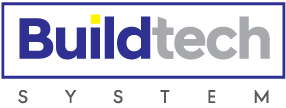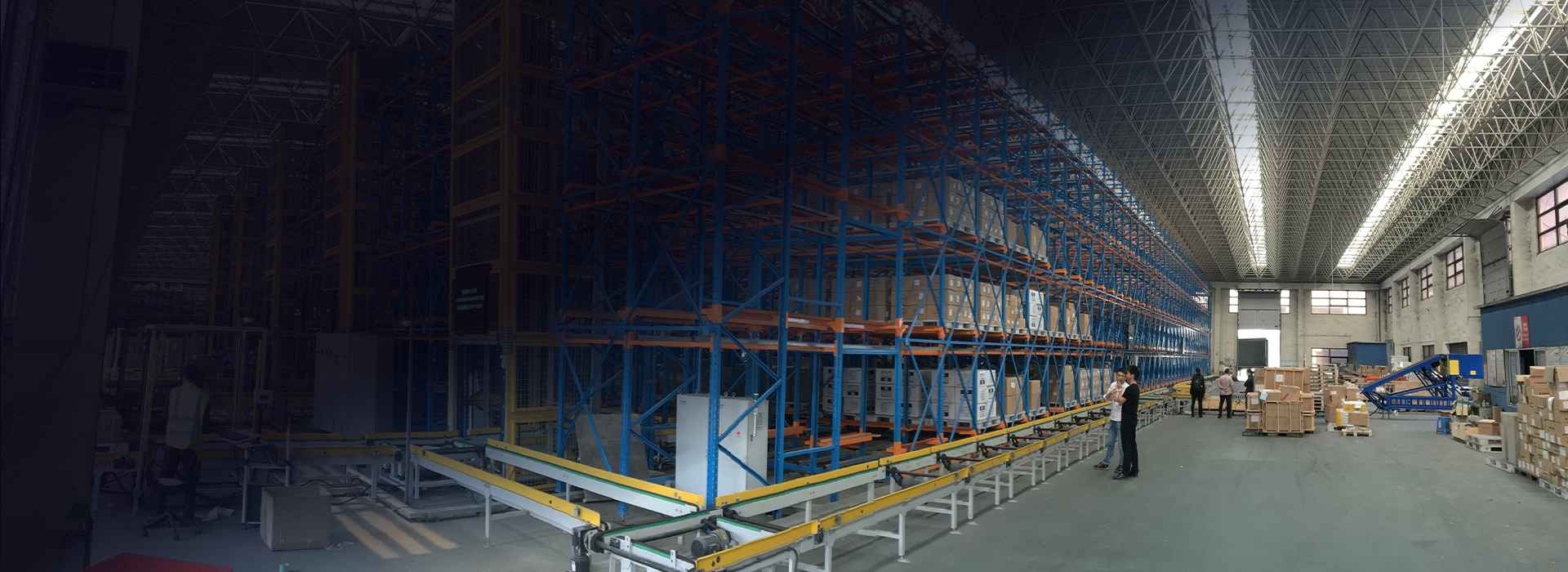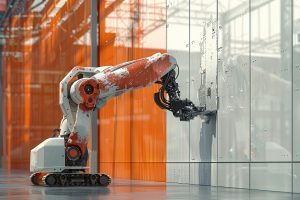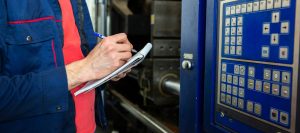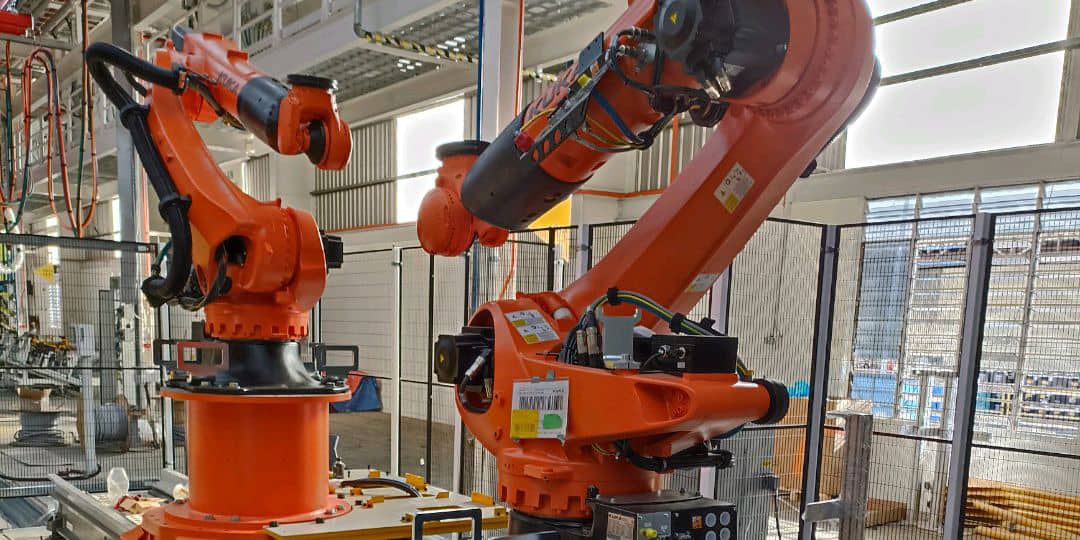
A Comprehensive Guide to Production Automation
The industrial sector is changing as a result of production automation, which also increases productivity and encourages innovation. This method reduces labour costs and improves output quality by streamlining processes via the use of cutting-edge technology. Automation is a clear-cut answer for producers who are under increasing pressure to produce goods quickly and precisely.
Exploring the Core Aspects of Production Automation or Manufacturing Automation
Production automation or manufacturing automation are the core features of today’s factories. It has brought a massive change. It denotes the use of several technologies to automate many processes within the setup of manufacturing. This integration of technology not only paces up production but also ensures consistency in quality and safety. It includes the entire gamut of devices, from the simplest of mechanical tools to the most complicated software-driven robots, which control and accomplish production-related activities.
The key aspect of manufacturing automation is its capacity to reduce human interference, which lowers mistakes and boosts output. Factories, with automation systems in place, can deliver increased throughput with fewer or at the same level of resources, hence rendering the production more lean and cost-effective.
Types of Automation Systems Used in Manufacturing
This will help the manufacturer understand different types of production automation systems and hence make the right selection based on approaches that will suffice to tackle his operation. Each provides different advantages in production requirements and scale of operation.
Fixed Automation (Hard Automation)
This system is utilised for the setting up of the equipment that will perform the task over and over very well. This system is ideal for large-scale production, with many repetitions and fairly infrequent changeovers. On the other hand, the high initial cost generally finds its payoff over a considerably long time through the rapid production rates and the unbeatable quality of the product, consistently in general. Examples of these methods of production should, therefore, be the assembly lines and transfer machines in most cases since their speed and sequence of operations are predetermined and optimally high.
Programmable Automation
Programmable production automation is more flexible than fixed systems since it allows reprogramming production equipment for different product batches. Such automation applies to medium-scale production, in which designs for the product keep changing from time to time. For example, CNC (Computer Numerical Control) machines represent programmable automation that allows for adaptation without changing the physical setting.
Flexible Automation
Flexible production automation systems are the most versatile since they may seamlessly transition from one product to another without requiring significant downtime or modification. In environments where product specifications are quite changeable, this capability will be very important. For example, the company’s robotic arms are to perform several activities that will be given to them along the assembly line. It relies on such cutting-edge technologies as AI and real-time data analytics to modify its operations dynamically.
Comprehensive Benefits of Automation in Your Manufacturing Operations
Full of results, embracing production automation comes with several benefits that have a great impact on productivity, cost, and quality. Let’s discuss some of these.
Increased Productivity and Efficiency
The machine goes way faster than any human could go, and it goes around the clock without stopping or taking a break. Example: Automation systems along assembly lines ensure that production is continuous, hence increasing high levels of output. Second, automation quickens the whole manufacturing process through reduced manual handling, allowing for quick turnover and better utilization of resources.
Enhanced Quality
One of the pronounced advantages of automation is uniform quality. Automated machines are very accurate in their operation, and hence every single product will meet a high standard of quality. This equates to uniformity, a key feature in industries such as pharmaceuticals and automotive, where precision and accuracy are the key ingredients. This will give the company a more human, reliable production line with fewer wastes and reduced error rates.
Cost Savings
For that matter, the application of automation means a significant saving in costs in the long run. Though the cost involved at the outset is too high, the reduced labour costs will, by itself, be more than the expense. Other associated costs of human errors in such instances include waste and reworks. They also make full use of the materials used, therefore reducing the cost.
Improved working conditions
Dangerous things are properly handled by automated equipment. It is taking care not only of the employees but also of the reduction of costs that come with accidents and claims. In environments where dangerous, heavy machinery and hazardous materials are usually found, automation might just be a game-changer for safely running the workplace.
Data Collection and Analysis
The automation systems are well linked to the data analytics tools to generate insights pertinent to the production process. Real-time data enables managers to make on-the-go and informed decisions that, in one way or another, contribute to improving operational efficiency. Data is important in the search for bottleneck machine maintenance prediction and optimization of production flows.
Practical Applications: How Automation is Benefiting Production Facilities
Production automation is modernizing factories with cutting-edge technologies that seamlessly integrate with production lines to make them flow and change with changes in demand.
Streamlining Operations with Automation
Automation has replaced such time-consuming manual processes with fast and efficient automated solutions in many factories. For example, in the food processing industry, where from sorting ingredients to packaging finished products, everything is handled by machines to increase the speed of the whole line and reduce contact with food to enhance safety.
Adapting to Market Demands
The ability to swiftly adapt manufacturing procedures to changing market needs is made possible by automation. This would perhaps be most needed in industries like electronics, where product life cycles are very short and speed to market is of prime importance. These make them sensitive and responsive to change, thus the production lines are also able to remain responsive and versatile instead of taking days to reprogram for new tasks.
Industries Capitalizing on the Advantages of Manufacturing Automation
Here are a few examples of how production automation enables several industries to increase efficiency and quality, all at lower costs:
Automotive Industry
If there is one industry that has been at the forefront of automation, it has to be the automotive industry. From welding to painting, assembly to inspection, robots are engaged in everything to make it more precise and fast. Probably, the fact that works the best for the automotive industry in speeding up the pace of production rates and probably underscores quality is that each vehicle rolls off to exacting standards. Integrating a robotic palletizer can streamline the packaging process and reduce labor dependency.
Electronics Industry
Essentially, precision and miniaturization are significant in electronics. Automation serves such needs because the operation performs most complex assembly operations with pinpoint precision while maintaining a high defect-less throughput of boards and their smallest elements either too small or too delicate for human hands. Machines will plant and solder minute elements on the board with pinpoint accuracy of execution.
The Pharmaceutical Industry
Automation in the industry of pharmacy serves to ensure that all operations involved strictly adhere to the set regulatory requirements. Most of the activities, such as filling, packaging, and labelling, are done through automated systems that possess high levels of accuracy and cleanliness. This reduces the process of manufacturing but also ensures that the drugs are safe for the public. Production lines benefit from a robust electrical control system to synchronize automated components efficiently.
Get in Touch with Buildtech
Industry transformation is being brought about by production automation, which increases productivity, improves quality, and lowers prices. Manufacturers may ensure safe, effective manufacturing processes, quickly adjust to changes in the market, and streamline operations by implementing cutting-edge technologies. Are you prepared to improve your manufacturing processes? Reach out to Buildtech System right now to learn how we can support you in realizing your objectives.
